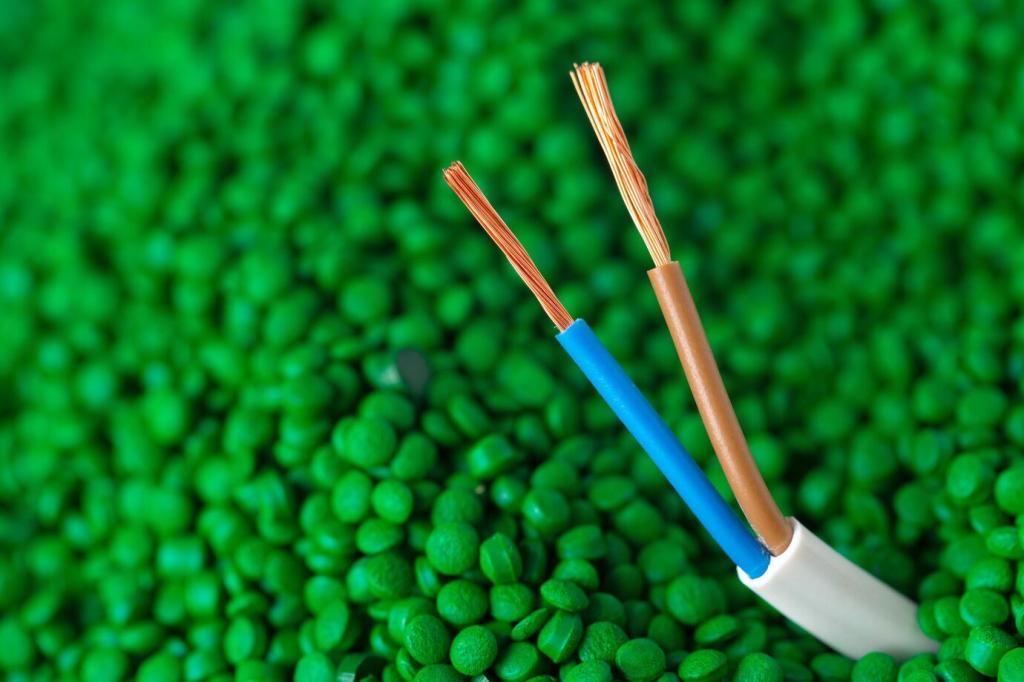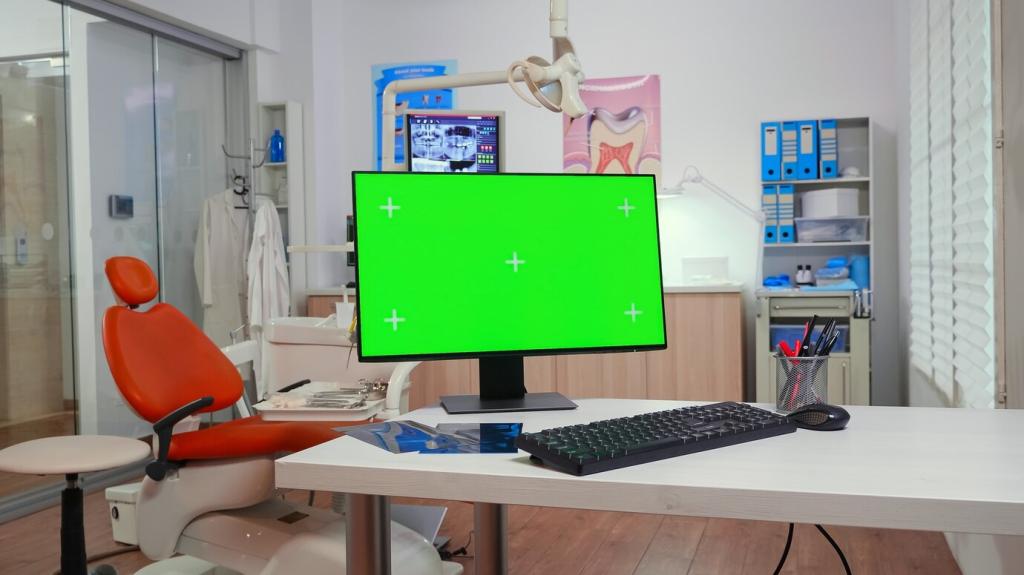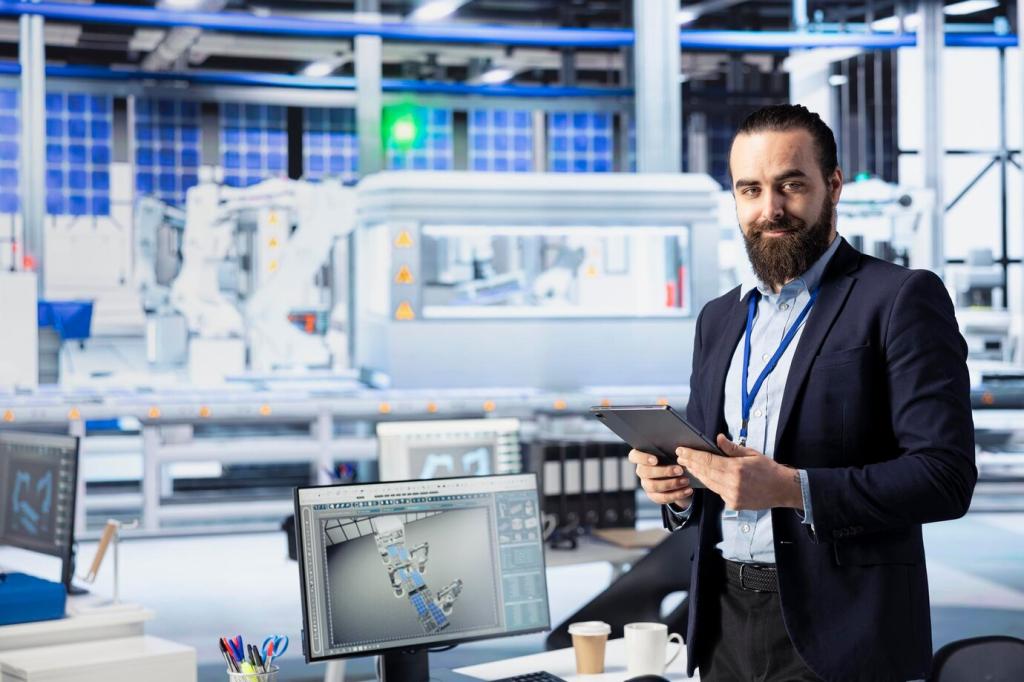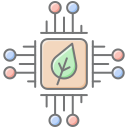
Recyclable Materials in Modern Electronics: Building a Circular Future
Chosen theme: Recyclable Materials in Modern Electronics. Explore how smarter materials, design, and everyday choices can turn e-waste into new beginnings. Join our community, share your experiences, and subscribe for practical, inspiring sustainability stories.

The scale of the e-waste challenge
Global e-waste grows by millions of tons each year, yet less than a third is properly recycled. Precious metals and strategic materials often end up in landfills, despite their recoverable, high-value potential for future devices.

Circular economy benefits you can feel
Recycling reduces mining demand, cuts emissions, and helps stabilize supply chains for chips, batteries, and connectors. Consumers benefit through longer-lasting products, trade-in value, and community programs that keep devices circulating longer.

Join the conversation, shape the loop
Have a repair win or recycling tip to share? Post your story, ask questions, and subscribe for weekly insights that make recyclable electronics practical at home, school, and work.
Metals That Keep Giving: Recovering the Essentials
Cables, heat sinks, and frames often contain copper, aluminum, and steel with strong recovery rates. Clean separation and clear labeling dramatically improve recycling yields, keeping conductivity and structural strength in the circular loop.

Plastics, Polymers, and Smarter Casings
Using post-consumer recycled plastics reduces emissions and gives discarded bottles or packaging a second life. Designers increasingly favor single-resin casings and avoid paint to keep reprocessing clean, consistent, and cost-effective.

Design for Disassembly: Making Recycling Real
Screws and clips beat permanent adhesives for serviceability. Modular batteries and displays shorten repair time, keep devices in use longer, and yield cleaner material streams when products finally reach certified recyclers.


Glass, Ceramics, and the Silent Workhorses
Strengthened glass can be repurposed or recycled in specialized facilities. Protective films and adhesives complicate recovery, so design choices that simplify separation make an outsized difference for real recycling outcomes.
Glass, Ceramics, and the Silent Workhorses
Ceramic insulators and heat spreaders appear in power electronics and LEDs. When marked and isolated correctly, these materials can feed industrial recycling streams. Ask your recycler which components they accept and why.

Producer responsibility and take-back
Extended producer responsibility programs fund collection and recycling. Many brands offer trade-ins or mail-back kits. Use official channels to prevent informal dumping and ensure materials reach certified, high-yield recovery partners.

Right to repair and local hubs
Right to repair laws expand access to parts and manuals, boosting reuse before recycling. Join a community repair event, meet neighbors, and help a device earn a second life through simple fixes and replacement modules.

How you can act this week
Audit a drawer of idle gadgets, back up data, and schedule a certified drop-off. Comment with what you recovered or repaired, and subscribe for a step-by-step guide to safer, smarter electronics recycling.


Innovation Spotlight: What Comes Next
Soluble adhesives and low-toxicity solders enable component recovery without damaging chips. Early trials show boards that release parts in water-based baths, streamlining disassembly and protecting delicate, valuable semiconductors.
Innovation Spotlight: What Comes Next
Lithium, nickel, and cobalt can reenter the supply chain through hydrometallurgy and closed-loop facilities. Grid storage and e-mobility reuse programs extend battery life before responsible material recovery at specialized plants.
